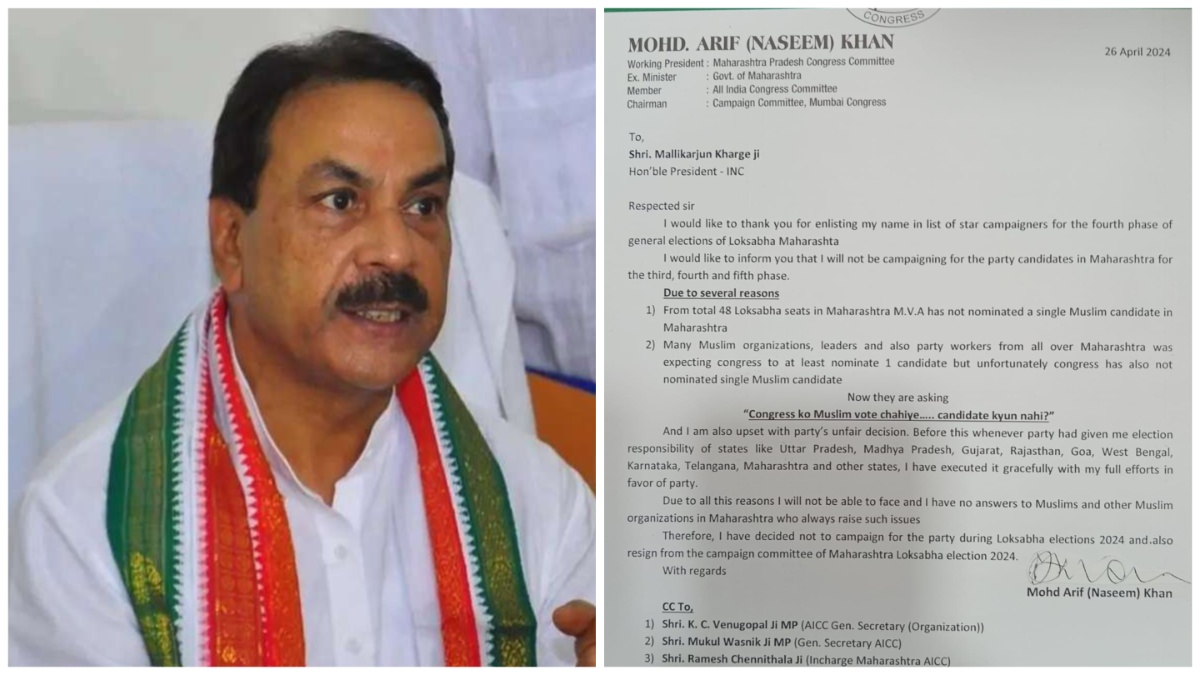NEW DELHI: The final ‘Draft Regional Plan 2041’ for the National Capital Region has proposed to replace the provision of ‘Natural Conservation Zone’ (NCZ) with ‘Natural Zone (NZ)’ and specified which natural features would qualify to be part of the new categorisation. Going by this, a substantial portion of the NCR area, including the Aravalis, which now qualifies to be conserved, would fall out of the bracket.
Environment analysts said 70-80% of the current NCZ would not qualify to be included under NZ. The NCR planning board, which published the draft plan, has sought feedback before finalising it.
According to the draft, the Natural Zone will comprise mountains and hills, rivers and water bodies which are notified for conservation under central or state laws and recognised as such in land records. The extent of these natural features will be identified and delineated by the states in accordance with the definition, using ground truthing and revenue records.
The new draft plan also proposes that any change in NZ areas, which has been approved by NCRPB in the past as NCZ, can be carried out by the participating state concerned as per the revenue records, satellite imagery and ground truthing. This means the states will have the option to take out already demarcated conservation zones at a later stage.
Currently, almost the entire Aravali range in Delhi, Haryana and Rajasthan qualifies in the NCZ, where construction is not allowed beyond 0.5% of the area and that too only after getting prior approval from the Centre. Incidentally, Haryana has not yet completed demarcation of its NCZ.
In the 2021 Regional Plan, NCZ covered all areas including the extension of the Aravali ridge, forest areas, rivers and tributaries, major lakes, water bodies and ground water recharging areas irrespective of the status of their land records. Most forests in south Haryana, which includes the Aravali region, are not notified forests and these are also not recorded as ‘forest’ in the revenue records. But after a 1996 Supreme Court judgment, which expanded the definition of ‘forest’, these areas are now treated thus and hence qualify to be conserved.
One such classic example is the sacred Mangar Bani grove in Faridabad, which was declared a no-construction zone by Haryana government after a long campaign bye.
“The new draft is a major change in planning. The entire Aravali hill in Faridabad will be out of the Natural Zone. A large chunk of area which is now treated as forest due to the Supreme Court order will not get the protection of the Natural Zone once the government changes the definition of forest. Nearly 70-80% of the current NCZ area will not be eligible to be part of the Natural Zone. Most of the Aravalis in Gurgaon and Haryana have been privatised and are not recorded as forest in revenue records,” said environment analyst Chetan Agarwal. The Centre has proposed changes in laws to amend the definition of ‘forest’.
A former NCRPB planner said the draft regional plan “doesn’t look like a plan document, rather it’s a policy document”.
Successive Haryana governments over the past decade have been lobbying against the enforcement of NCZ provisions in the region and despite repeated reminders from the NCRPB, it is yet to complete the exercise of delineation of conservation zones.
Interestingly, the draft plan which was circulated among states a few months ago for their feedback specifically mentioned that the components under NCZ as in the Regional Plan 2021 “shall remain and be continued to be conserved”. It mentioned: “A distinction shall be made between ‘forests’ and ‘green cover’, wherein areas now categorised as forests shall continue to be conserved, while conservation of the areas now designated as green cover areas shall not be mandatory.”
Environment analysts said 70-80% of the current NCZ would not qualify to be included under NZ. The NCR planning board, which published the draft plan, has sought feedback before finalising it.
According to the draft, the Natural Zone will comprise mountains and hills, rivers and water bodies which are notified for conservation under central or state laws and recognised as such in land records. The extent of these natural features will be identified and delineated by the states in accordance with the definition, using ground truthing and revenue records.
The new draft plan also proposes that any change in NZ areas, which has been approved by NCRPB in the past as NCZ, can be carried out by the participating state concerned as per the revenue records, satellite imagery and ground truthing. This means the states will have the option to take out already demarcated conservation zones at a later stage.
Currently, almost the entire Aravali range in Delhi, Haryana and Rajasthan qualifies in the NCZ, where construction is not allowed beyond 0.5% of the area and that too only after getting prior approval from the Centre. Incidentally, Haryana has not yet completed demarcation of its NCZ.
In the 2021 Regional Plan, NCZ covered all areas including the extension of the Aravali ridge, forest areas, rivers and tributaries, major lakes, water bodies and ground water recharging areas irrespective of the status of their land records. Most forests in south Haryana, which includes the Aravali region, are not notified forests and these are also not recorded as ‘forest’ in the revenue records. But after a 1996 Supreme Court judgment, which expanded the definition of ‘forest’, these areas are now treated thus and hence qualify to be conserved.
One such classic example is the sacred Mangar Bani grove in Faridabad, which was declared a no-construction zone by Haryana government after a long campaign bye.
“The new draft is a major change in planning. The entire Aravali hill in Faridabad will be out of the Natural Zone. A large chunk of area which is now treated as forest due to the Supreme Court order will not get the protection of the Natural Zone once the government changes the definition of forest. Nearly 70-80% of the current NCZ area will not be eligible to be part of the Natural Zone. Most of the Aravalis in Gurgaon and Haryana have been privatised and are not recorded as forest in revenue records,” said environment analyst Chetan Agarwal. The Centre has proposed changes in laws to amend the definition of ‘forest’.
A former NCRPB planner said the draft regional plan “doesn’t look like a plan document, rather it’s a policy document”.
Successive Haryana governments over the past decade have been lobbying against the enforcement of NCZ provisions in the region and despite repeated reminders from the NCRPB, it is yet to complete the exercise of delineation of conservation zones.
Interestingly, the draft plan which was circulated among states a few months ago for their feedback specifically mentioned that the components under NCZ as in the Regional Plan 2021 “shall remain and be continued to be conserved”. It mentioned: “A distinction shall be made between ‘forests’ and ‘green cover’, wherein areas now categorised as forests shall continue to be conserved, while conservation of the areas now designated as green cover areas shall not be mandatory.”
!function(f,b,e,v,n,t,s) {if(f.fbq)return;n=f.fbq=function(){n.callMethod? n.callMethod.apply(n,arguments):n.queue.push(arguments)}; if(!f._fbq)f._fbq=n;n.push=n;n.loaded=!0;n.version=’2.0′; n.queue=[];t=b.createElement(e);t.async=!0; t.src=v;s=b.getElementsByTagName(e)[0]; s.parentNode.insertBefore(t,s)}(window, document,’script’, ‘https://connect.facebook.net/en_US/fbevents.js’); fbq(‘init’, ‘593671331875494’); fbq(‘track’, ‘PageView’);







More News
‘Putin not evil’: Ex-Indian envoy decodes power of narrative; explains Russia-Ukraine reality | India News – Times of India
Shocking Seizures In Sandeshkhali: CBI Recovers Foreign Revolvers, Police Revolver, Live Cartridges
Supreme Court issues notice to EC on plea seeking re-election where NOTA gets majority vote | India News – Times of India